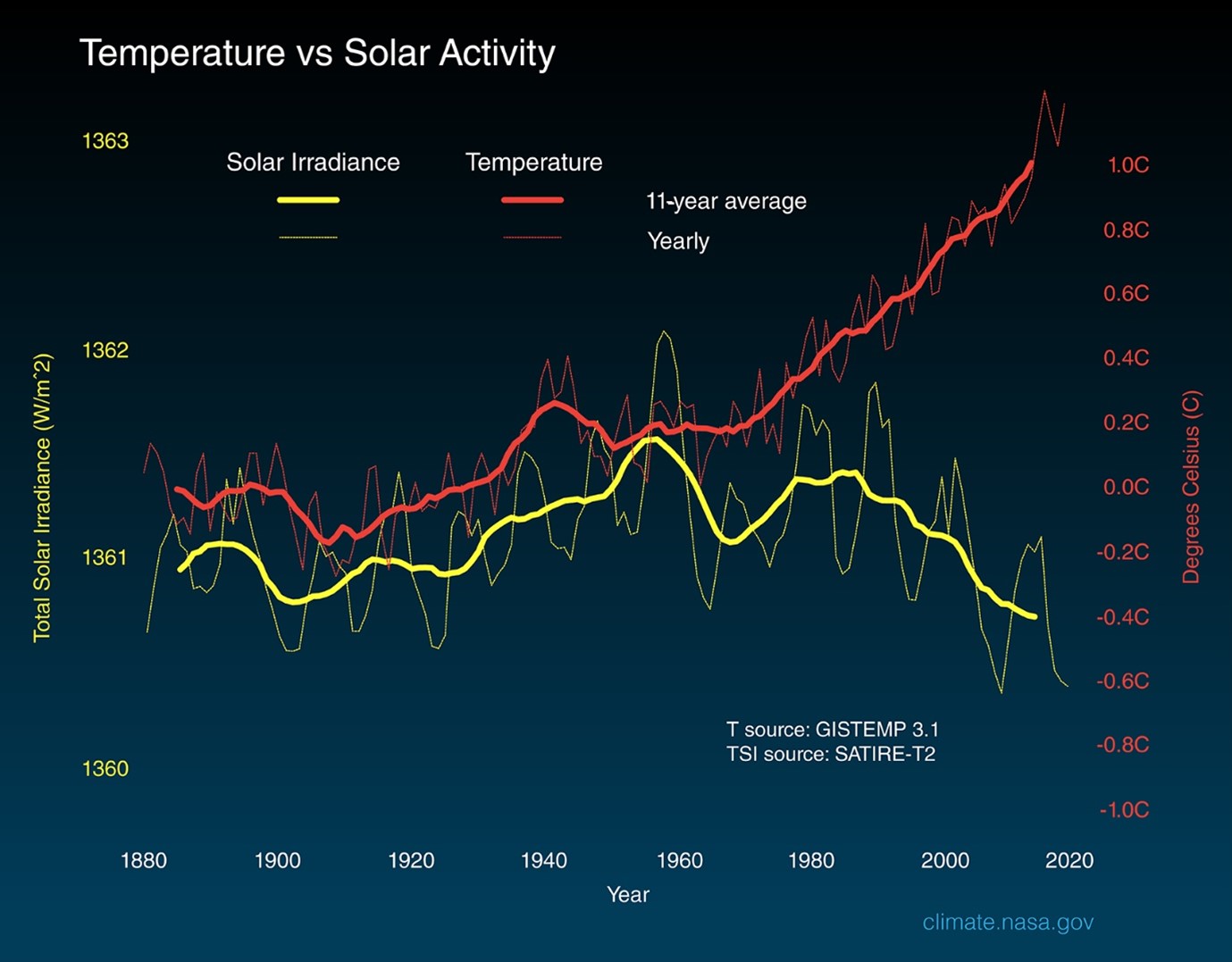Homo Sapiens and Planet Earth
This article seeks to explore the evolution of the modern human race, its impacts so far on planet earth, and to speculate on what we can deduce about the future of humans and the planet they inhabit.
(A taster of the risks surrounding humanity) - Nine countries possess nuclear weapons: the United States, Russia, France, China, the United Kingdom, Pakistan, India, Israel, and North Korea. In total, the global nuclear stockpile is close to 13,000 weapons.

The remains of Hiroshima – just one nuclear bomb; or a planet in bloom ..

Sapiens: A Brief History of Humankind
Sapiens: A Brief History of Humankind (Hebrew: קיצור תולדות האנושות, Qitzur Toldot ha-Enoshut) is a book by Yuval Noah Harari, first published in Hebrew in Israel in 2011 based on a series of lectures Harari taught at The Hebrew University of Jerusalem, and in English in 2014. The book, focusing on Homo sapiens,. He divides the history of Sapiens into four major parts:
- The Cognitive Revolution (c. 70,000 BCE, the start of behavioral modernity when imagination evolved in Sapiens).
- The (first) Agricultural Revolution (c. 10,000 BCE, the development of agriculture).
- The Unification of Humankind (c. 34 CE, the gradual consolidation of human political organizations towards globalization).
- The Scientific Revolution (c. 1543 CE, the emergence of objective science).
Harari's main argument is that Sapiens came to dominate the world because it is the only animal that can cooperate flexibly in large numbers. He argues that prehistoric Sapiens were a key cause of the extinction of other human species such as the Neanderthals and numerous other megafauna. He further argues that the ability of Sapiens to cooperate in large numbers arises from its unique capacity to believe in things existing purely in the imagination, such as gods, nations, money and human rights. He argues that these beliefs give rise to discrimination – whether racial, sexual or political – and it is potentially impossible to have a completely unbiased society. Harari claims that all large-scale human cooperation systems – including religions, political structures, trade networks and legal institutions – owe their emergence to Sapiens' distinctive cognitive capacity for fiction. Accordingly, Harari describes money as a system of mutual trust, and political and economic systems as similar to religions.
Harari's key claim regarding the Agricultural Revolution is that while it promoted population growth for Sapiens and co-evolving species like wheat and cows, it made the lives of most individuals (and animals) worse than they had been when Sapiens were mostly hunter-gatherers, since their diet and daily lives became significantly less varied. Humans' violent treatment of other animals is a theme that runs throughout the book.
In discussing the unification of humankind, Harari argues that over its history, the trend for Sapiens has increasingly been towards political and economic interdependence. For centuries, the majority of humans lived in empires, and capitalist globalization is effectively producing one, global empire. Harari argues that money, empires, and universal religions are the principal drivers of this process.
Harari describes the Scientific Revolution as an innovation in European thought, whereby elites became willing to admit to and try to remedy their own ignorance. He describes this as one driver of early modern European imperialism and of the current convergence of human cultures. Harari also claims there is a lack of research into the history of happiness, positing that people today are not significantly happier than in past eras. He concludes by discussing how modern technology may soon end the species by ushering in genetic engineering, immortality, and non-organic life. Harari metaphorically describes humans as deities in that they can create species.
The Impact of Homo Sapiens on the Planet they (we) inhabit.
Human Activity Is the Cause of Increased Greenhouse Gas Concentrations
Over the last century, burning of fossil fuels like coal and oil has increased the concentration of atmospheric carbon dioxide (CO2). This increase happens because the coal or oil burning process combines carbon with oxygen in the air to make CO2. To a lesser extent, clearing of land for agriculture, industry, and other human activities has increased concentrations of greenhouse gases.
How do we know what greenhouse gas and temperature levels were in the distant past?
The industrial activities that our modern civilization depends upon have raised atmospheric carbon dioxide levels by nearly 50% since 1750.
In its Sixth Assessment Report, the Intergovernmental Panel on Climate Change, composed of scientific experts from countries all over the world, concluded that it is unequivocal that the increase of CO2, methane, and nitrous oxide in the atmosphere over the industrial era is the result of human activities and that human influence is the principal driver of many changes observed across the atmosphere, ocean, cryosphere and biosphere.
The graph below compares global surface temperature changes (red line) and the Sun's energy that Earth receives (yellow line) in watts (units of energy) per square meter since 1880. The lighter/thinner lines show the yearly levels while the heavier/thicker lines show the 11-year average trends. Eleven-year averages are used to reduce the year-to-year natural noise in the data, making the underlying trends more obvious.
The amount of solar energy that Earth receives has followed the Sun’s natural 11-year cycle of small ups and downs with no net increase since 1880. Over the same period, global temperature has risen markedly. It is therefore extremely unlikely that the Sun has caused the observed global temperature warming trend over the past half-century. Credit: NASA/JPL-Caltech
But several lines of evidence show that current global warming cannot be explained by changes in energy from the Sun:
- Since 1750, the average amount of energy from the Sun either remained constant or decreased slightly.
- If a more active Sun caused the warming, scientists would expect warmer temperatures in all layers of the atmosphere. Instead, they have observed a cooling in the upper atmosphere and a warming at the surface and lower parts of the atmosphere. That's because greenhouse gases are slowing heat loss from the lower atmosphere.
- Climate models that include solar irradiance changes can’t reproduce the observed temperature trend over the past century or more without including a rise in greenhouse gases.

Can the planet Survive Homo Sapiens?
Conclusions
Homo Sapiens has become the dominant animal on the Planet. As a species, it has been beset by two opposing forces – first the ability to use intelligent thought and a humanitarian bent to preserve the planet and other species. But this is counteracted by greed and aggressive tendencies. At this time, we are faced by rampant aggression by some nation states towards others.
So the endgame for Homo Sapiens could be that as a species Humans manage to repress their most negative tendencies and act in concert to suppress their disastrous impacts on the planet and other species and achieve…...
- A target temperature change of less than 1.5ºC There will be some, but limited environmental damage together with a diminution of agricultural land and wildlife. Some damage will be caused through limited warfare, and there will be many refugees. This will cause great conflict and mortality.
But this could merge into……
- Failure to meet the global warming targets (the most likely outcome) will result in some areas of the world becoming uninhabitable, production of foodstuffs will be more and more difficult, Parts of the continent of Europe will be less affected than already threatened regions. Large populations of humans will be displaced, many will starve. Great conflict will be a result of a surplus of humans. Many species of wild animals will be obliterated. A result will be a major increase in warfare and armed conflict. These could easily stray into:
Armageddon……
- A superheated planet will cause massive reductions in human and animal populations. What is even more terrifying will be a be a massive increase in conflicts, probably leading to nuclear warfare and large portions of the planet becoming uninhabitable.



